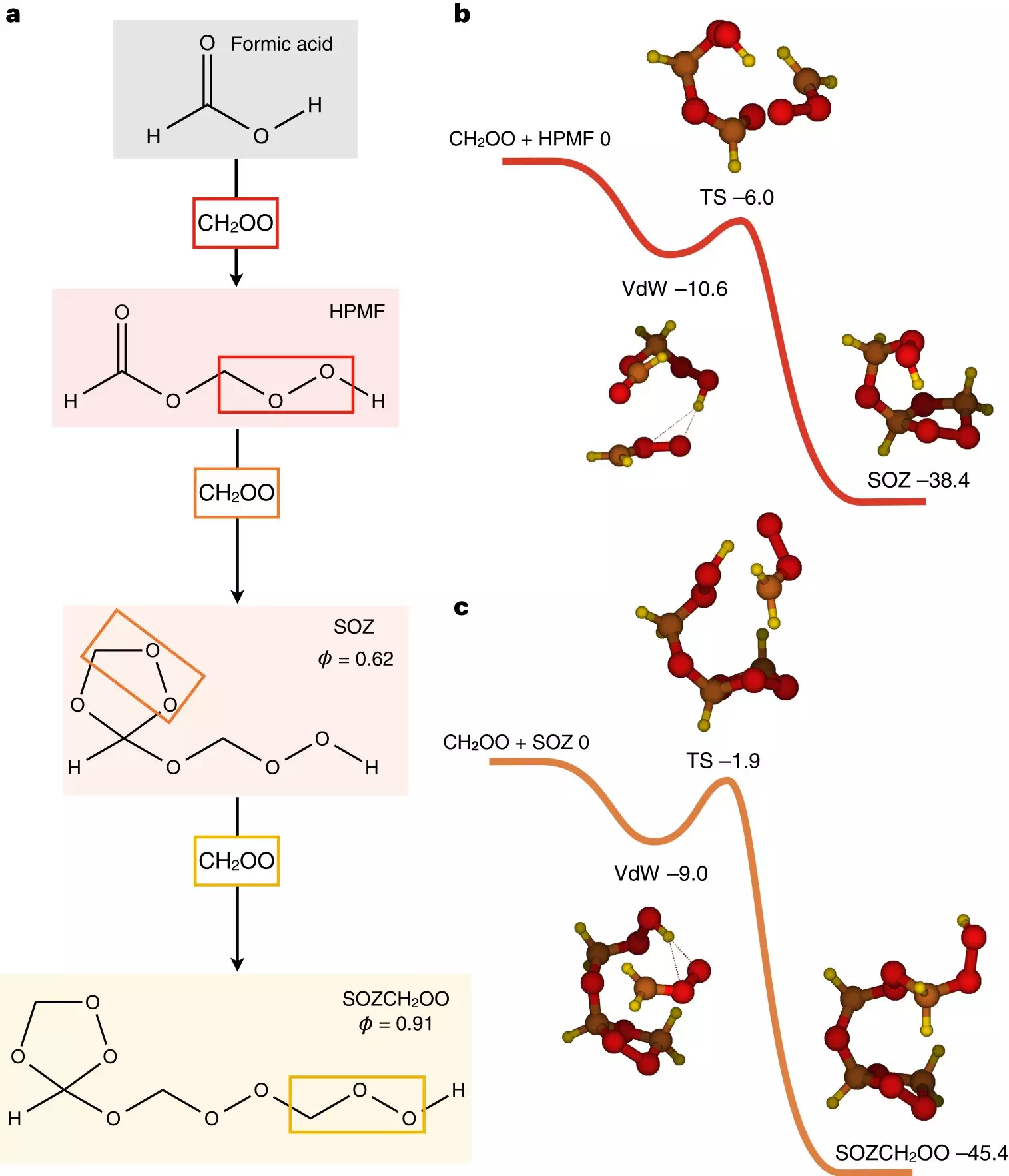The Earth’s atmosphere is a complex system that plays a crucial role in regulating the planet’s climate and affecting human health. Understanding the chemistry of the atmosphere, particularly in the lowest layer known as the troposphere, is essential for predicting changes in air quality and the planet’s radiation balance. One key aspect of atmospheric chemistry that has long been a mystery is the formation and prevalence of secondary organic aerosols (SOAs), which have profound effects on the environment. Recent research led by the U.S. Department of Energy’s Argonne National Laboratory, Sandia National Laboratories, and NASA’s Jet Propulsion Laboratory has made significant strides in unraveling this mystery through the study of Criegee intermediates (CIs).
Criegee Intermediates and Their Role in SOA Formation
Criegee intermediates are a class of compounds that are believed to play a critical role in the formation of SOAs through a process called oligomerization. Despite the importance of CIs in atmospheric chemistry, their chemical signatures had never been directly identified in the field until the recent groundbreaking discoveries by the international research team. By conducting field measurements in the Amazon rainforest, a crucial area for SOA formation, the scientists were able to provide clear evidence of CI reactions, specifically with a compound containing carbon, hydrogen, and oxygen (CH2OO).
Key Findings and Implications
The research conducted by the collaborative team led to several significant findings that shed light on the role of CI chemistry in the troposphere. Firstly, the study revealed that CI chemistry may have a much larger impact on the troposphere’s composition than previously accounted for in atmospheric models, potentially by an order of magnitude. This suggests that CI reactions could be driving significant transformations within the troposphere that have not been fully understood.
Additionally, the updated modeling based on the research findings only captured a fraction of the oligomerization signatures observed in the field, indicating that there may be other chemical mechanisms at work in addition to CI reactions. This highlights the complexity of atmospheric chemistry and the need for further research to fully elucidate the role of Criegee intermediates in driving atmospheric processes.
The recent discoveries made by the international research team have provided valuable insights into the role of Criegee intermediates in atmospheric chemistry. The identification of CI reactions in the field and the implications for tropospheric composition have highlighted the significance of understanding these processes for predicting changes in air quality and climate. Further research in this area will be essential for improving atmospheric models and advancing our knowledge of the complex interactions that occur in the Earth’s atmosphere.


Leave a Reply